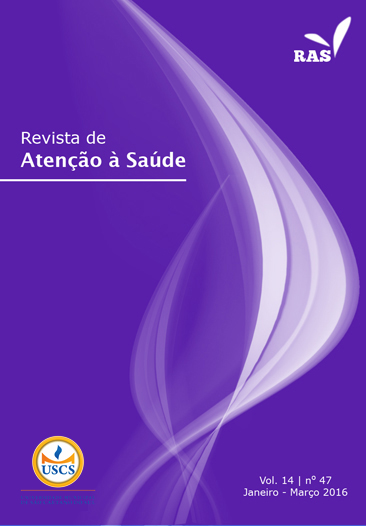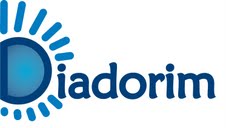Assessment of the effects of vitamins E and C supplementation on the parotid gland acinus of chronic diabetic rats: morphological and quantitative analysis
DOI:
https://doi.org/10.13037/ras.vol14n47.3533Keywords:
Parotid gland, Diabetes mellitus, Vitamin E, Vitamin C, Supplementation in rats, AciniAbstract
In diabetic animals and patients, changes in the morphophysiology of the parotid glands are evident. Thiswork aimed to evaluate the effects of supplementation with vitamins E and C on morphoquantitative acinarparameters of the parotid gland of diabetic rats induced by streptozotocin. Twenty male rats were dividedinto groups: normoglycemic (N), diabetic (D), normoglycemic supplemented with vitamins E and C (NEC)and diabetic supplemented with vitamins E and C (DEC). At 210 days of age, after euthanasia, the parotidwas extracted and histological sections were made and stained through HE technique. Physiological parameterssuch as body weight, water and feed consumption, and fasting glucose were analyzed. Acini of 20 imageswere quantified. A higher acinar density average was noted in the NEC group (p<0.05) than in group N. Thesame result was observed for the DEC group (p<0.05) compared to group D. A 500 acini area (?m2) wasmeasured in each studied group. A reduction (p<0.05) in the acinar area of the rats in groups D and DECwas seen with respect to N and NEC groups. The DEC group had higher average acinar area (p<0.05) comparedto group D. With respect to morphoquantitative parameters, supplementation with vitamins E andC was positive for both normoglycemic animals and those with diabetes. However, there were no significantchanges in physiological parameters of rats with or without supplementation with vitamins E and C, whencomparing the normoglycemic and diabetic groups.Downloads
Downloads
Published
2016-02-16
Issue
Section
ARTIGOS ORIGINAIS
License
Policy Proposal for Journals offering Free Delayed Access
Authors who publish in this magazine agree to the following terms:
- Authors maintain the copyright and grant the journal the right to the first publication, with the work simultaneously licensed under a Creative Commons Attribution License after publication, allowing the sharing of the work with recognition of the authorship of the work and initial publication in this journal.
- Authors are authorized to assume additional contracts separately, for non-exclusive distribution of the version of the work published in this magazine (eg, publishing in institutional repository or as a book chapter), with the acknowledgment of the authorship and initial publication in this journal.
- Authors are allowed and encouraged to publish and distribute their work online (eg in institutional repositories or on their personal page) at any point before or during the editorial process, as this can generate productive changes, as well as increase impact and citation of the published work (See The Effect of Open Access).









